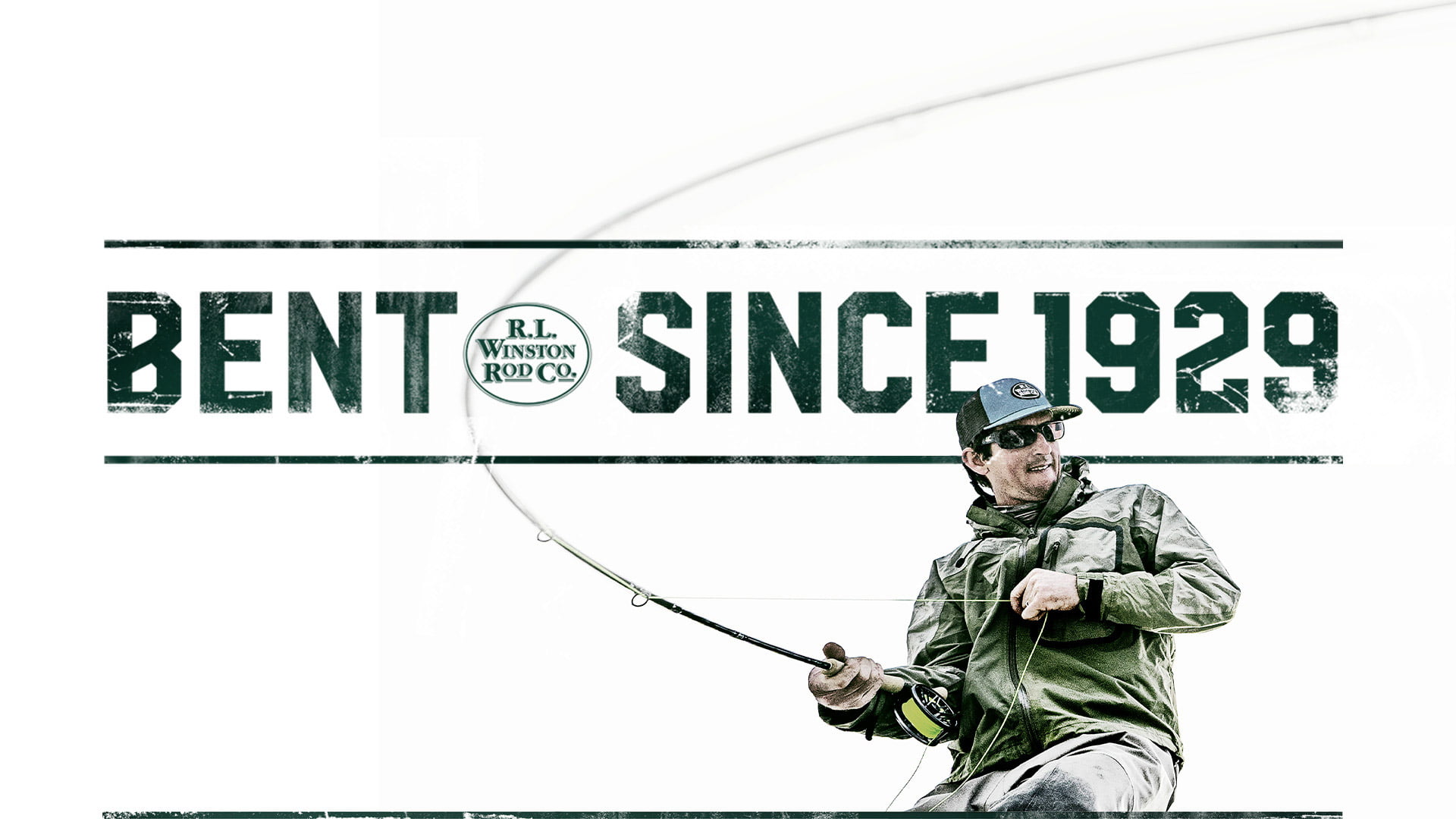Thanks for helping with this subject John -- and although we may disagree, you're insights are very helpful and much appreciated,John Waters wrote: ↑Wed May 04, 2022 12:27 am
Hi Ron,
At the world casting championships you will see nearly as many rod bend profiles as you will see competitors. If rod bend was a key determinant of performance everyone would use the same rod.
That's like saying the if the golf shaft flex rating was the key determinant of a golfer's performance everyone would use the same golf shaft flex. Respectfully, that's not how it works John -- each golfer finds out which golf shaft flex rating is best suited to his swing. Ever golf pro knows that bend matters.
Fast rod actions, like solid tip and others are a matter of choice, the caster's perceptions are the caster's reality, no more scientific or quantifiable than that. I will be beaten by a caster using a stiff rod this year and the next year will be beaten by a caster who uses a less stiff rod, so which bend do I select for the following year in order to beat both casters and win? It is a question nobody can answer and because of that, I suggest bend does not matter. The 5 essentials add nothing to that issue and do not help with an answer to that question. Lasse is correct.
Just because someone beat you with a rod that bends X amount, doesn't mean that if you use a rod that bends X amount you will win. You have to find the optimum X bend for you. No serious competitor would just get the same equipment that the winner used. He would test a variety of equipment and find the one that is optimal for himself.
What about the solid tip design makes it a better casting rod? It just impacts tip flexibility, no more or less than the butt does. US casters use more flexible rods than some casters from other nations - each achieves perfect accuracy scores at WCs. So, we're back to the casters' perceptions.
Does it have anything to do with the way it bends, how it bends, or how it unbends? It does but at the end of the day it just provides an option, no reflection on performance.
The tip is lighter -- less mass -- less momentum -- less counterflex? Only more resistance to bending.
Do you think the lighter tip effects the way the rod bends or is it just the fact that it is lighter that makes it cast better for you? Don't make the solid tip your focus, it is an outcome of the inside diameter of the multi-tapered hollow sections used in the preceding sections. I like them for accuracy but again that is perception only. For example, I will use it with a 5 weight MED in the Trout Accuracy but will use another bend profile in the ICSF Fly accuracy. I've different perceptions about what delivers performance in each accuracy event.
So you go by perception rather than scientific evidence. That's obviously your choice to make. But I believe it goes beyond just perception. Perception is just a subjective feeling. Why not test various rod actions and find the one that you can cast the farthest or the most accurate? Can you imagine Tiger Woods saying to his rod designer, "It's my perception that this golf shaft is better -- let's go with this one." That will never happen in a million years. Computers, high speed cameras, sensors, chronographs, and all sorts of scientific analysis will go into finding the optimal golf shaft for Tiger's swing.(again, just because Tiger wins with that particular golf shaft, does not mean it is the right shaft for every golfer.)
What if it were possible to make that same rod -- same dimensions, same weight, same guides, same everything, but it was perfectly stiff and did not bend -- how do you think it would cast? Better, worse, the same? Like a broomstick? I use a flexible rod for all my casting, however the bend profile each rod delivers differs across each events. Same with plug accuracy and distance event rods bends. Performance will be better with a flexible rod vs a rod that allows zero bend, but once you decide to use a flexible rod, the bend profile does not matter. Again it is about your perception only.
If the bend profile does not matter as long as the rod bends, what if it just bends a millionth of an inch? What if it bends like a wet noodle and just flops to the ground so that you are casting without a rod? I hope you will at least agree that the bend profile needs to be within a certain range. Maybe the tip just has to bend a foot and no more than 7 feet -- but there is a range that works well. This is more than just perception. If it was all about perception then if I perceived that a non bending rod is no different than a bending rod then there would be no difference. We know for a fact that the rod must bend and we know for a fact that it must not bend too much (like a wet noodle). We know for a fact that it must bend within a certain range.
John
Ron

